Hidden Messages in 80s Cartoons That ACTUALLY Shocked Us
+ Photos from Los Angeles Comic Con!
I was at LA Comic Con last weekend and it was an absolute blast! I sat in two panels and got to meet Richard Chaves (Poncho in Predator 1987), such a great dude!
I also got to experience selling my book at a convention booth (Thank you Geekscape!) Let me know if you want me to share about that in a future post.
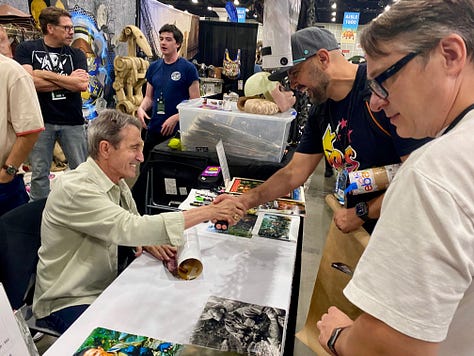
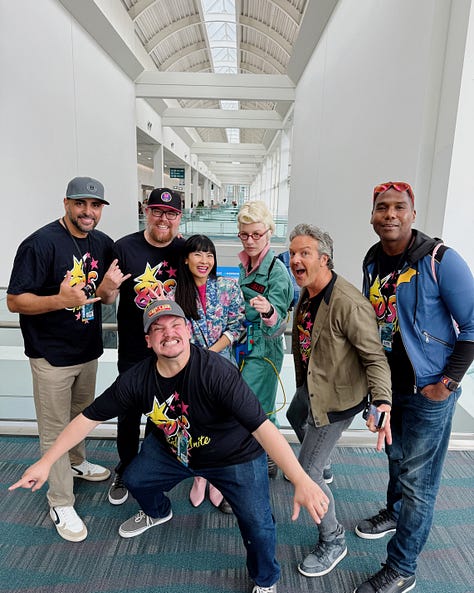
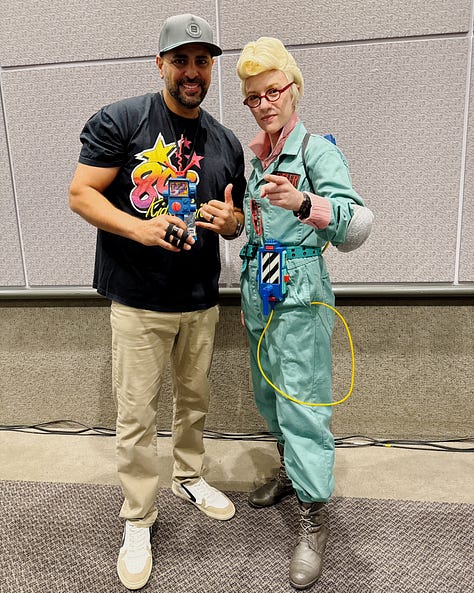
More to come… Also, next week I’m sharing a guest entry for Poly Pocket that I think you will enjoy!
If you grew up in the 80s, you know that Saturday mornings were sacred. It was just you, a big bowl of sugary cereal, and a universe of colorful heroes and villains lighting up your television screen. We all remember the catchy theme songs and the epic animated battles.
But what if I told you that while you were hooked on transforming robots and talking animals, the creators of these shows were secretly slipping in messages that were way more shocking than any playground rumor? We’re not talking about urban legends, either. We’re talking about intentional lessons on war, equality, and social justice that flew right over your parents’ heads, and sometimes, yours as well. I wanted to dig up the hidden messages in our favorite 80s cartoons that will make you see them in a whole new light.
G.I. Joe ~ The Horrors of War and Corrupt Politics
At first glance, G.I. Joe: A Real American Hero looked like the ultimate 80s war cartoon. It was a toy selling machine that pitted a diverse American military force against a ruthless terrorist organization called Cobra. The battles were awesome, the gear was cool, the theme song unforgettable, and every episode wrapped up with a helpful PSA, because “knowing is half the battle.” It was easy to write it off as simple patriotic propaganda. But you’d be wrong.
Hiding under all the laser fire were some surprisingly complex and often dark themes. While the show had to tone down the violence for television, it still managed to explore some pretty sophisticated political and psychological territory. A two part episode, “There’s No Place Like Springfield,” was a direct tribute to the surreal 60s show The Prisoner. It trapped a Joe in a perfect looking town filled with synthetic clones, all in an attempt to psychologically break him. I can confirm this was straight up psychological torture on a kids’ network.
The show also wasn’t afraid to poke holes in the very systems it seemed to celebrate. Cobra wasn’t just a bunch of silly villains, it was a complex organization that offered recruits things the real world didn’t, like great benefits and a sense of belonging, which made it a disturbingly effective group. In some episodes, Cobra’s schemes involved messing with elections and using fear to gain political power, showing just how easily a society can be twisted.
Even more surprising were the themes that came from the original Marvel comic, written by Larry Hama, a Vietnam veteran. In the comics, the G.I. Joe universe was a genuinely dangerous and morally gray world. Characters dealt with torture, trauma, and real consequences. Cobra Commander was was a disturbed used car salesman who was radicalized by personal tragedy, a backstory that made him way scarier than his cartoon version. While the show had to soften these edges, the DNA of these darker themes was still there, showing a world where the lines between good and evil were often blurry, and victory came at a serious cost. The show was way more than a recruitment ad. It was a surprisingly thoughtful look at conflict and what drives it.
BraveStarr ~ Indigenous Pride and a Brutal Anti-Drug Message
In 1987, a new kind of lawman showed up on the cartoon scene. On the distant planet of New Texas, Marshal BraveStarr protected the locals from outlaws trying to steal a valuable mineral called Kerium. What made BraveStarr so revolutionary, and frankly, shocking, for the time was its hero. BraveStarr was a Native American. In an era when pop culture was still full of stereotypes, the studio behind He-Man put an indigenous character front and center, giving him spirit animal powers like the “strength of a bear” and “eyes of a hawk.”
The whole show was basically a powerful allegory for the colonial exploitation of native lands. BraveStarr, the Native American hero, was dedicated to protecting the indigenous Prairie People and their main resource, Kerium, from greedy, corporate-style villains. The show always had morals about respecting the law and the rights of others, but its very existence was a political statement. It sent a message of cultural pride and made a non-white hero the ultimate force for justice in the Western genre, which has a long and messy history with how it portrays Native Americans.
But the show’s most shocking moment was in an episode called “The Price.” This wasn’t your typical adventure, it was a heartbreaking anti-drug story that pushed the limits of children’s television. The episode shows a young boy getting hooked on a drug called “Spin,” and the story does not pull any punches.
We watch the boy become an addict, his life spiraling out of control until, in a move that is still staggering for a kids’ cartoon, he dies from an overdose. There was no last minute rescue or magical cure. The creators wanted to show the real, irreversible consequence of drug addiction. For kids who were used to seeing heroes always save the day, “The Price” was a shocking and unforgettable lesson that some dangers are all too real.
ThunderCats ~ Refugees, Mortality, and the Burden of Leadership
“Thunder, Thunder, Thunder, ThunderCats, Ho!” That battle cry brings it all back, doesn’t it?
Lion-O, the Sword of Omens, and the terrifying Mumm-Ra, this cartoon was so damn good! On the surface, ThunderCats was a classic fantasy adventure. A team of cat-like aliens flees their dying planet, Thundera, and crash lands on a new world called Third Earth. They have to build a new home while fighting off nasty bad guys (that are just pure bad). Simple enough, right? But buried in that premise are some deep, mature themes about being a refugee, dealing with grief, and the crushing weight of responsibility.
First and foremost, the ThunderCats are refugees. They’re the last survivors of a disaster that destroyed their home world, a traumatic event that’s the foundation for the whole series. In the cartoon series, the destruction of Thundera is not just a backstory, it’s a constant reality for them. They are aliens in a strange land, forced to adapt and survive on a planet that has many different kinds of inhabitants, and dangers. It is true they must defend themselves from villains, but they’re also fighting against the complete loss of their civilization. Some of the villains are well aware of the ThunderCats and they want to eradicate them.
In my book, Nostalgia Nation, I share why the ThunderCats is my favorite cartoon, and it’s for the familiarity I felt with that message as a first generation immigrant arriving to the United States from a part of the world that was hostile to us. My family assimilated quickly and we adapted. This is a huge message in the series.
The show’s main character, Lion-O, experiences a heavy struggle. A glitch in his suspension pod during the escape caused him to age physically into an adult while his mind stayed that of a child. His journey is a powerful metaphor for being thrown into leadership before you’re ready. He’s constantly making mistakes, wrestling with self-doubt, and has to earn the respect of his fellow ThunderCats, who still remember him as a kid. His story teaches a quiet but important lesson, and that is that leadership isn’t something you’re born with, it’s a skill you learn through failure and sacrifice.
The show wasn’t afraid to explore mortality, either. The 2011 reboot really leaned into this, with one story where Lion-O befriends a race of tiny plant people who live their entire lives in a single day. Through this friendship, he’s forced to confront grief and how temporary life can be, a seriously heavy topic for a kids’ show. I think the most shocking thing about ThunderCats is it was about devastating loss, and the need to grow and adapt quickly to build a better future, even when your past has been wiped out.
The Transformers ~ The Endless, Tragic Cost of Civil War
More than meets the eye. Turns out, that tagline was more accurate than any of us knew. As kids, we just saw giant robots turning into cars and jets, fighting epic battles between the heroic Autobots and the evil Decepticons. It was basically the coolest toy commercial ever made. But the story of The Transformers isn’t one of good versus evil. It’s a tragedy. At its heart, the entire franchise is about a devastating civil war that tore a planet apart.
The Autobots and Decepticons weren’t just fighting over Earth, they were the last survivors of a war so catastrophic that it turned their home planet of Cybertron into a dead husk. They were forced to flee across the galaxy just to find resources. This wasn’t a simple fight. The series was a story of war refugees, driven by desperation and haunted by the world they had lost.
Nowhere is this tragedy clearer than in the 1986 animated film, The Transformers: The Movie. For kids raised on cartoons where the good guys always win without any real stakes, this movie was a wake-up call. In the opening scenes, characters we loved are brutally killed off. The Decepticons’ assault on Autobot City is violent and unforgiving. But the most shocking moment, the one burned into the memory of a generation, was the death of Optimus Prime.
The heroic leader of the Autobots, the ultimate symbol of good, is mortally wounded in a final battle with Megatron. He dies, passing the Matrix of Leadership to a successor who isn’t ready, and then his body turns gray. It was an incredibly bold storytelling choice. And yeah, it was partly a cynical move to clear shelf space for new toys, but its emotional impact was immense. It taught a brutal lesson about the cost of war. Heroes die, and sometimes victory feels exactly like a loss. The film continues with Megatron, left for dead by his own troops, being reborn as Galvatron. He becomes a slave to the planet eating monster Unicron. The story of The Transformers is really a dark epic about how war consumes everyone, corrupts leaders, and leaves nothing but ruins behind.
So, from the anti-war messages in G.I. Joe to the grim reality of drug abuse in BraveStarr, to the brutality of civil war in Transformers, it’s clear that 80s cartoons were doing a lot more than just entertaining us. 90s cartoons are notorious for these messages also, and I’ll profile them in a future post. The creators, many of them shaped by the politics of the 60s and 70s, were using these fantasy worlds to talk about very real issues. They challenged stereotypes, questioned ideologies, and warned us about the dangers of greed, hatred, and war.
At that time grown ups thought these cartoons were just silly shows designed to sell toys. But for us kids, they were our first introduction to some of life’s biggest and toughest lessons, hidden in plain sight. They respected our intelligence, even as kids, and trusted us to get it. And that might just be the most shocking secret of all.
Which of these shows do you remember most? And are there any other hidden messages you caught growing up?



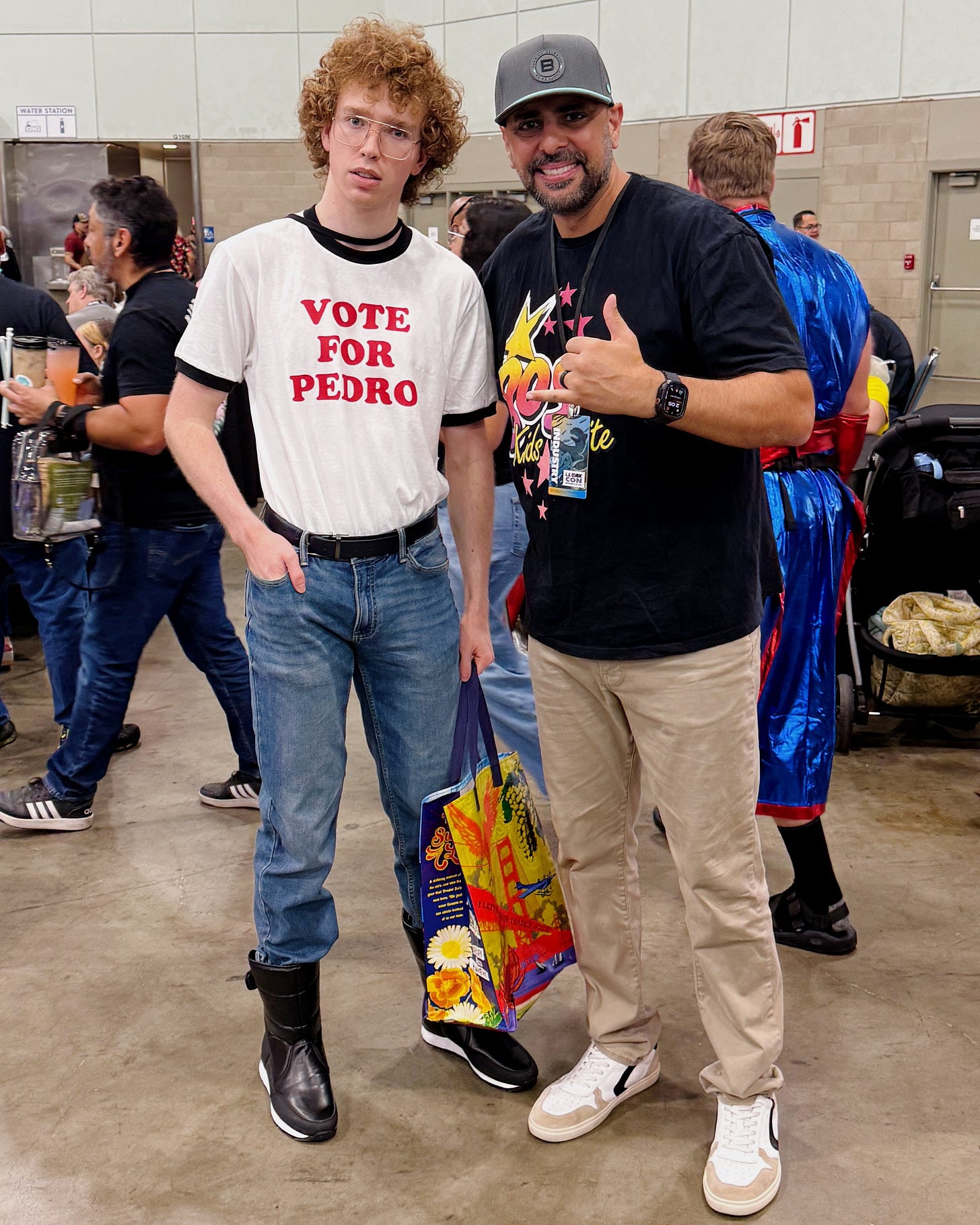
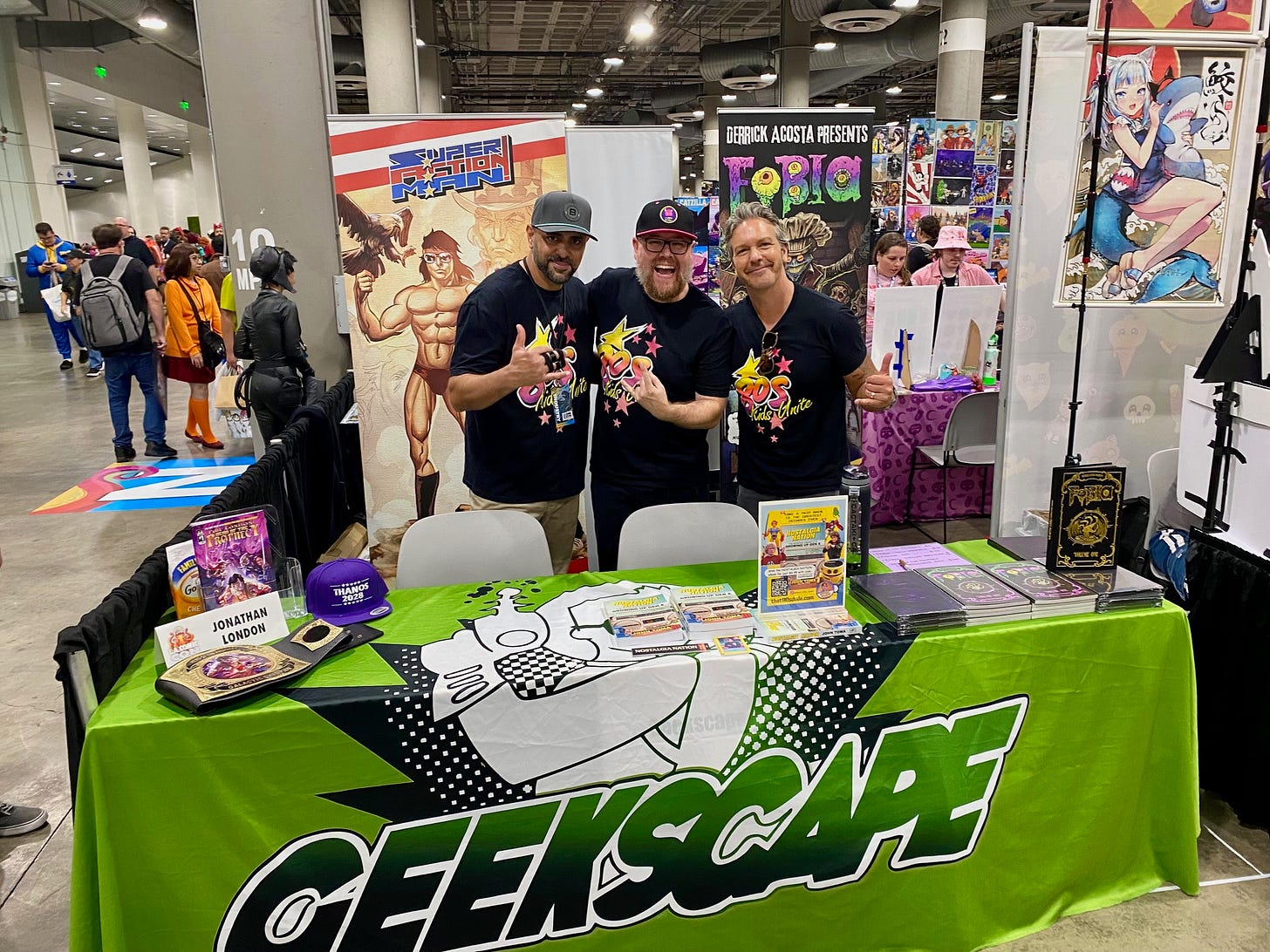
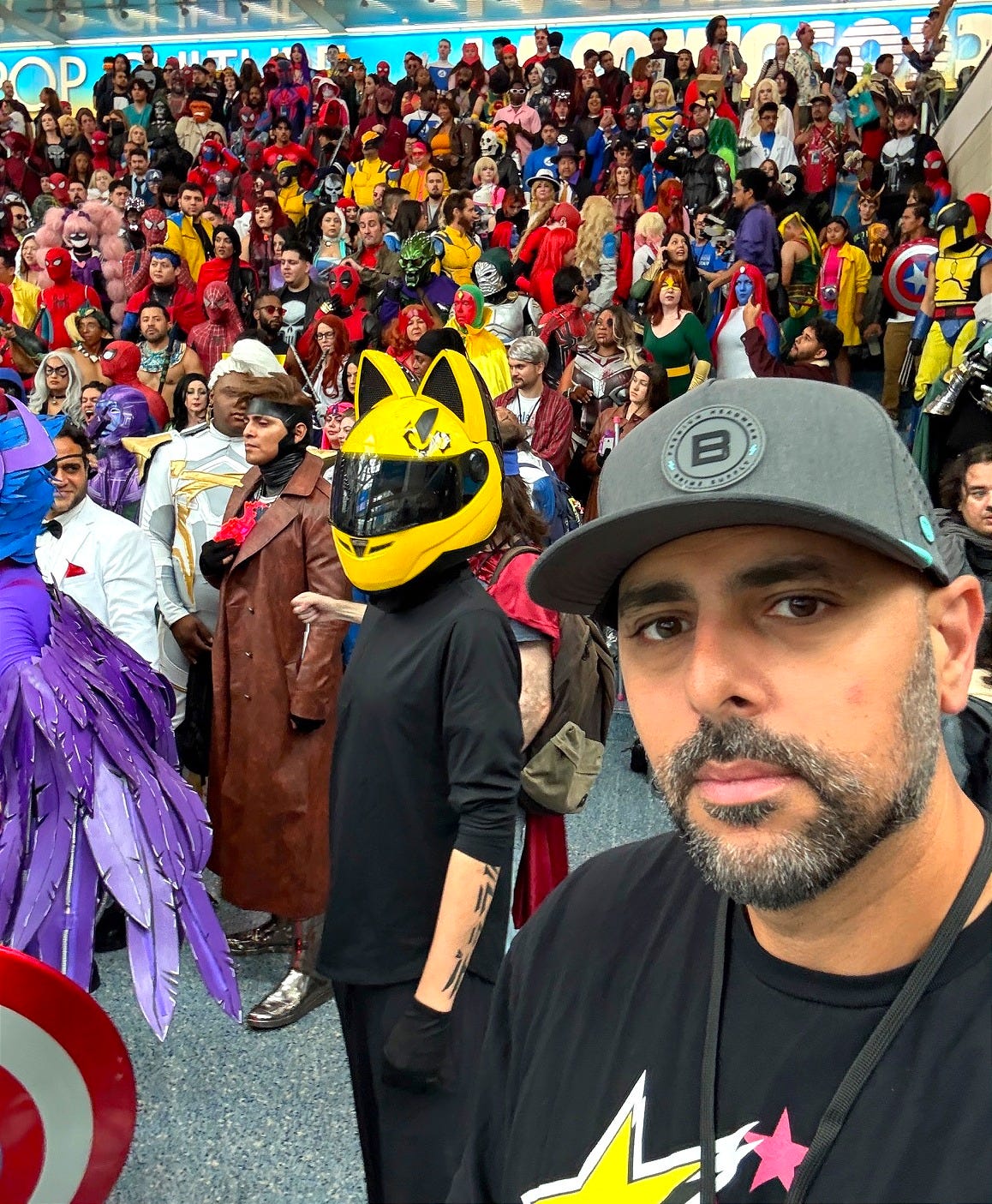

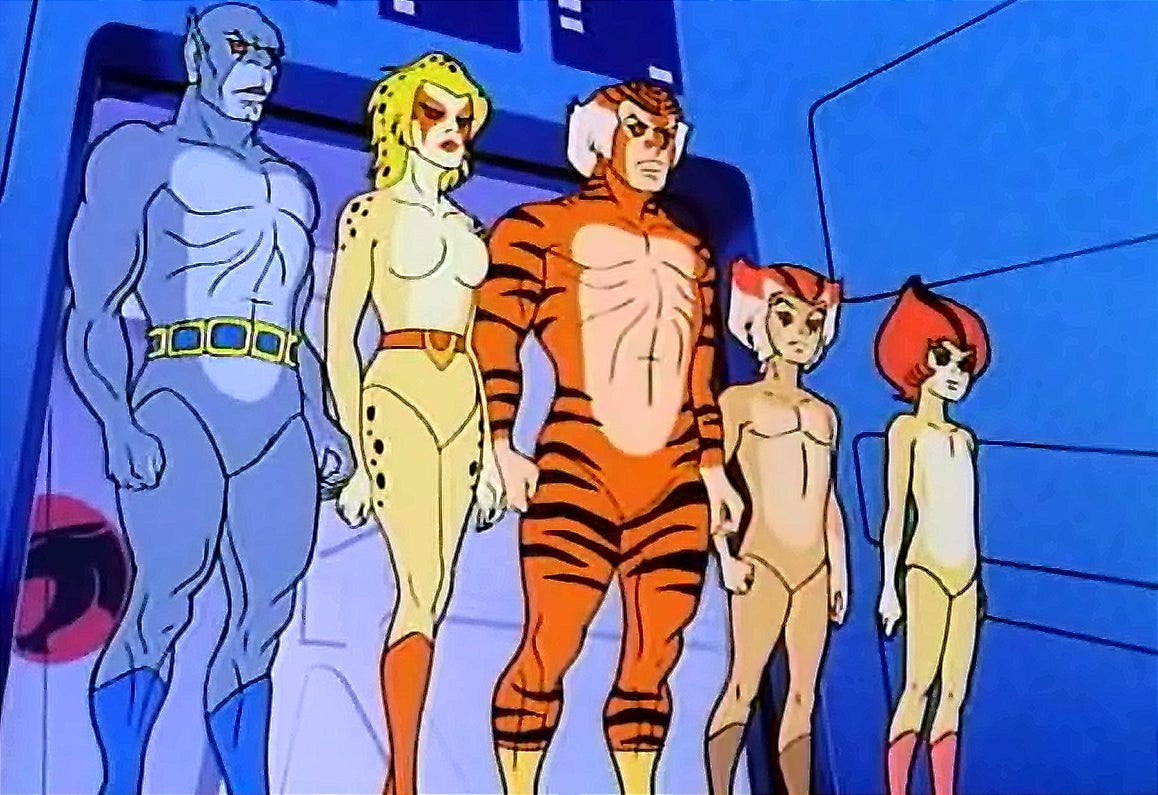
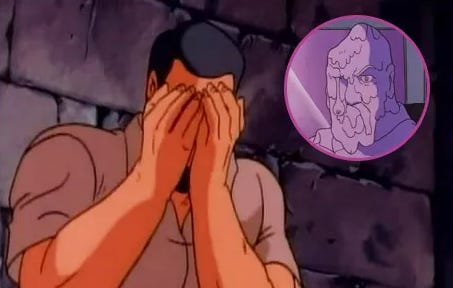
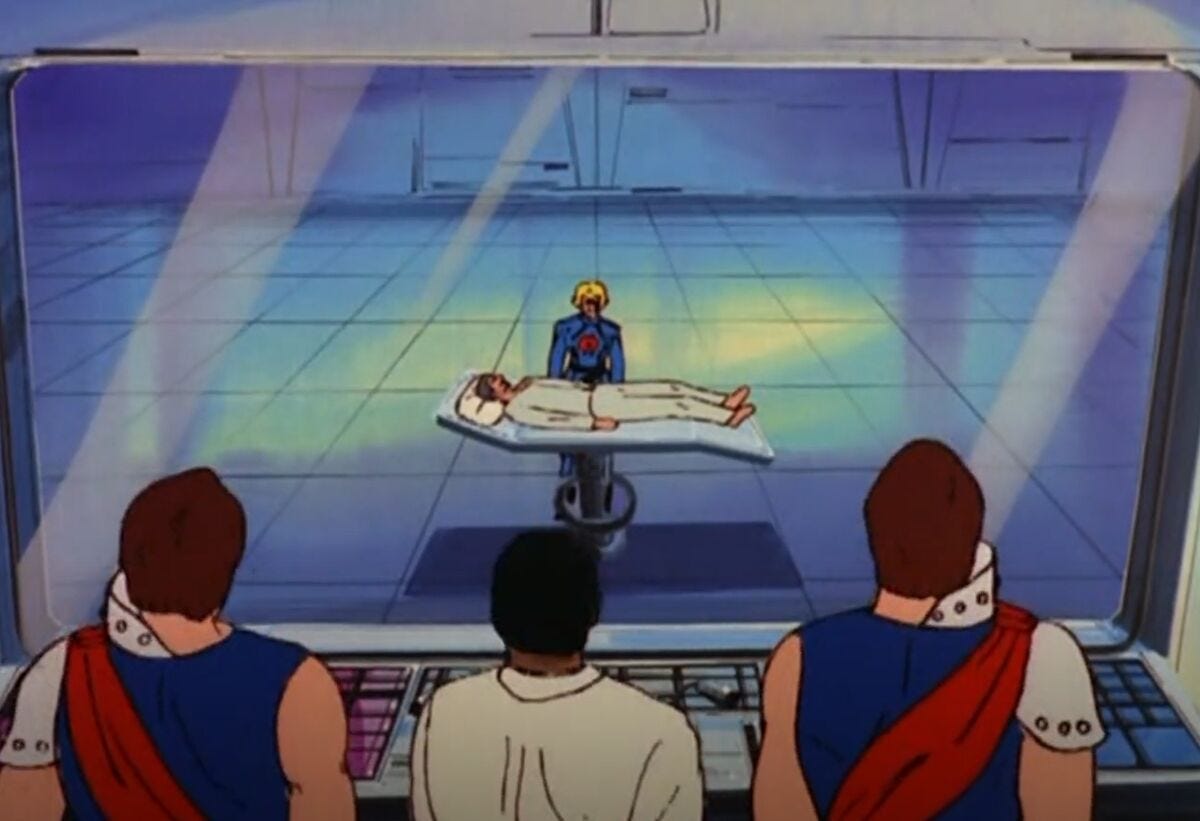
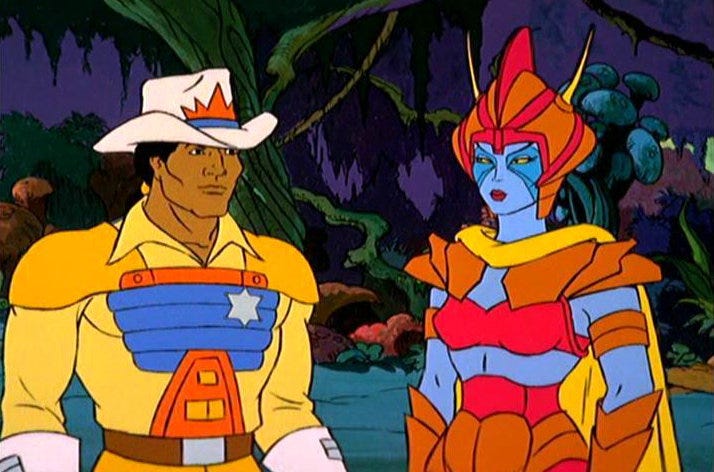
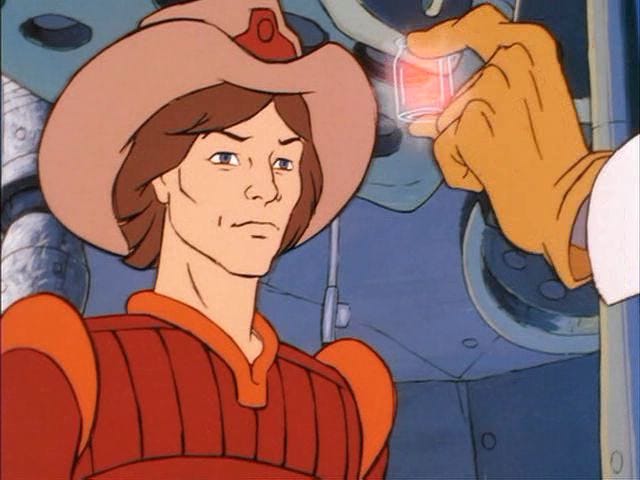
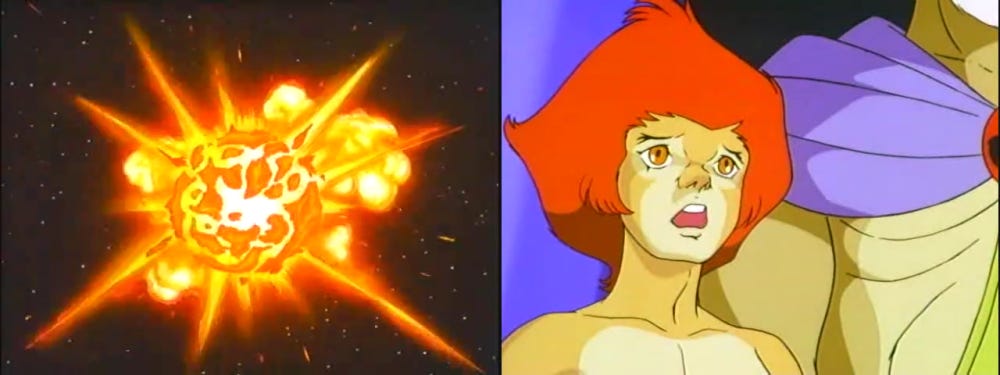
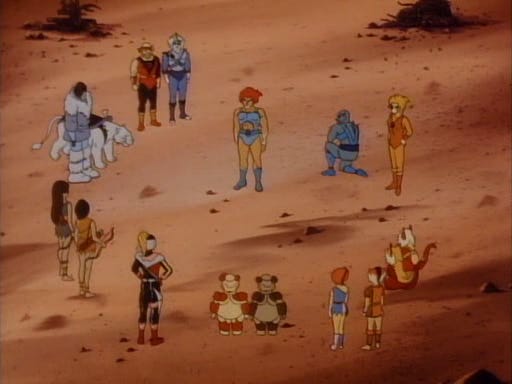

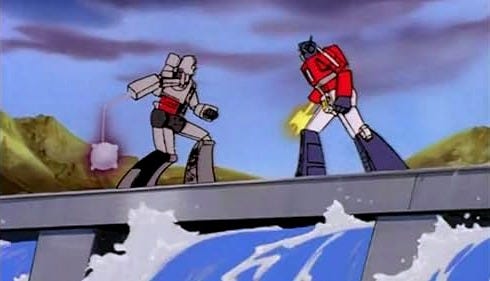
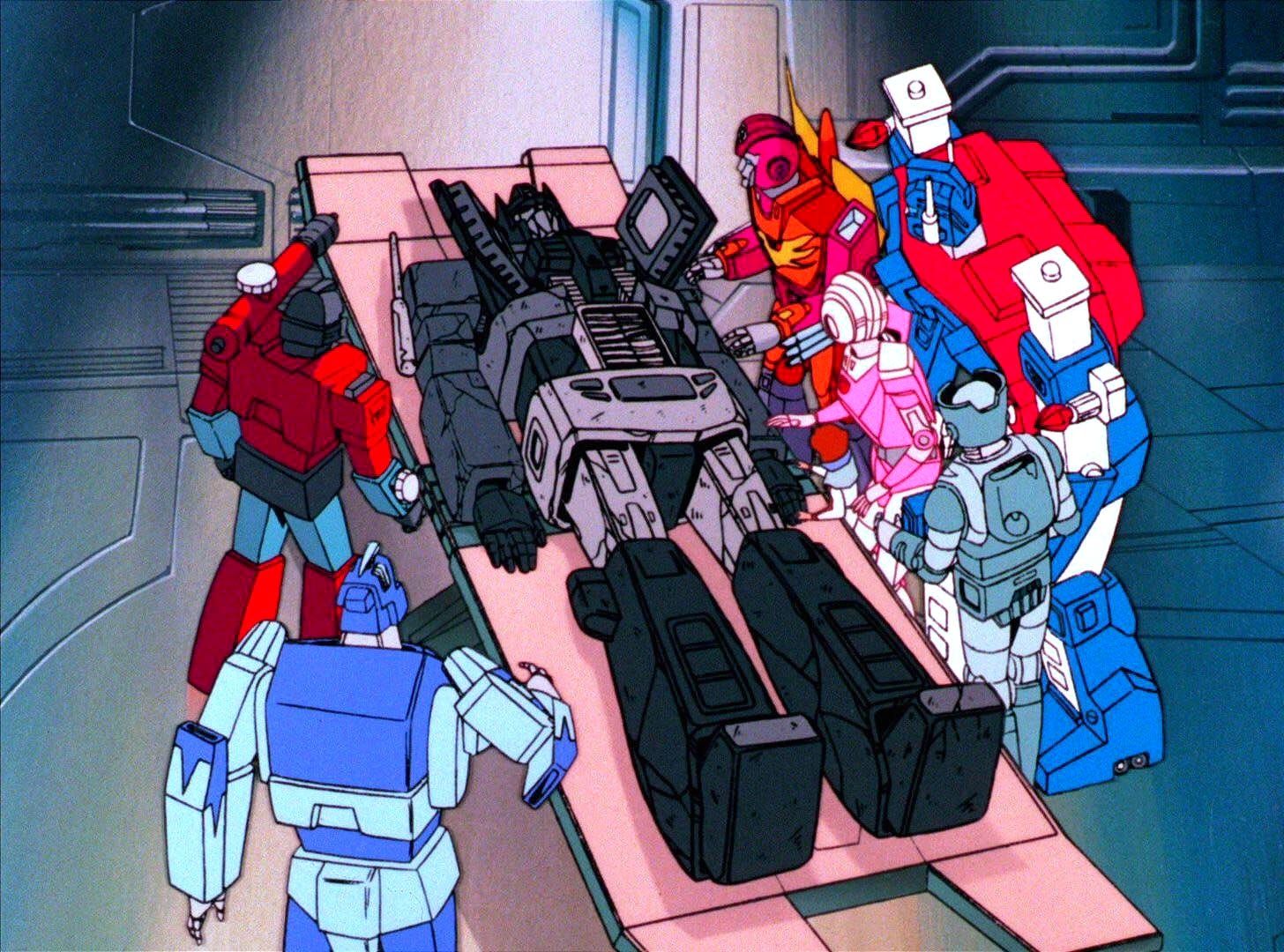

Insightful and informative. I scooped great spoonfuls of shredded wheat, doused in sugar, to many of these shows. Loved me some Space Ghost. Thundercats reigns supreme.
I’ve never heard of BraveStarr and now I need to go catch up on it.
Kids are more sensitive to these messages than is usually acknowledged, but they lack the sophistication to express it. I enjoy watching cartoons with my kids because I get as much out of it as they do. As they’ve grown older, I appreciate their deepening understanding of the heavier themes. This is a function of good cartoons!
I remember not being allowed to see The Transformers movie because Ultra Magnus says “damn it!” when he can’t open the Matrix. I eventually did see the movie on VHS and loved it. The lesson in that scene: sometimes the leader we look to is not the leader we need, and even the supposed chosen one is not the One. Rodimus Prime was tested in different ways. Prowess in battle is not the sole defining characteristic of leadership, Magnus was extremely capable as a loyal soldier and tactician, but he didn’t grasp that leadership means making choices that don’t fit our desires and immediate needs.
Space Camp, released the same year as Transformers (86) did that with Lea Thompson’s character. Intelligent, capable, determined, but lacking a fundamental quality of grace and ability to live with tough decisions. Like Magnus, she is able to admit it and finds her best place to help the group. These are powerful lessons in recognizing and accepting limitations but also knowing how to best function within them.
Great essay! ThunderCats Ho! Forever